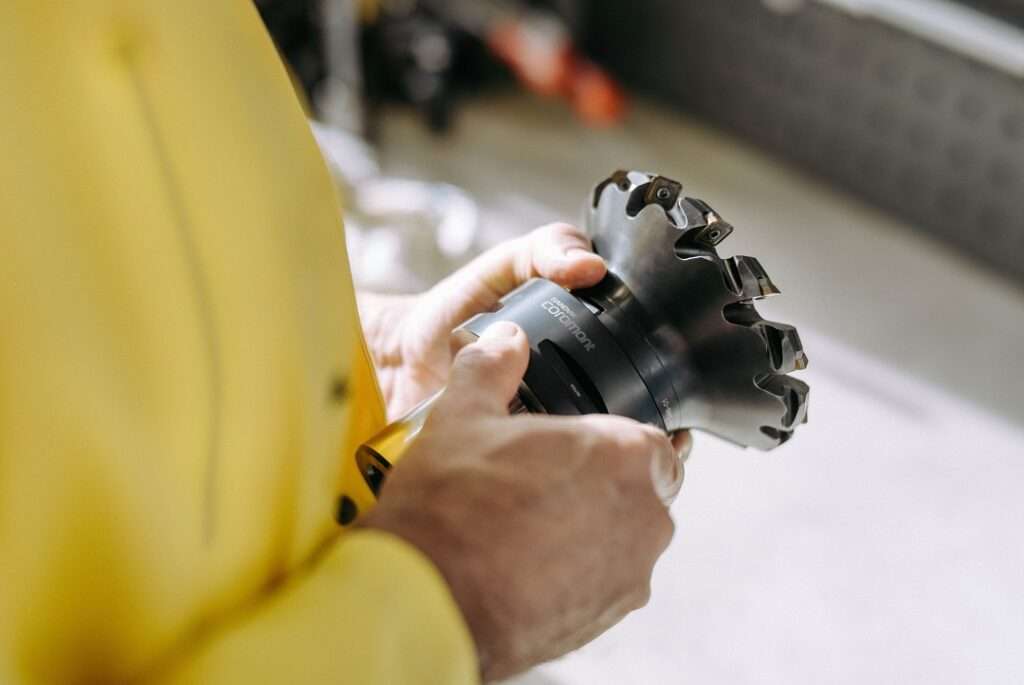Sensing Structure Without Touching is a groundbreaking touch sensor designed for robotics and bio-mimicking applications is incredibly sensitive, and capable of operating without direct contact with the objects it detects. It detects disturbances in the electric field between the sensor and an object, even up to 100 millimeters away.
The researchers from Qingdao University in China, along with collaborators in China and South Korea, detailed their innovation in the journal Science and Technology of Advanced Materials. Electronic skins are now essential for bionic robots, enabling them to swiftly detect and respond to external stimuli. This capability allows robotic systems to analyze the shape of an object and, if necessary, pick it up and manipulate it.
In many current systems, sensors rely on direct touch, which causes a physical change in a contact layer, leading to alterations in electrical capacitance. However, the uniformity of the response across different regions limits the sensitivity and overall capabilities of these systems. Xinlin Li from the Qingdao University team explains, “To achieve greater sensitivity and versatility, we have developed new composite films with remarkable and highly beneficial electrical properties.”
The researchers were most surprised when they combined two materials with a high dielectric constant, a measure of their response to electric fields. This combination resulted in a composite with a significantly lower dielectric constant, a counterintuitive outcome that is ideal for creating a sensor that is more responsive to electric fields.The composite comprises small quantities of graphitic carbon nitride blended into polydimethylsiloxane.
Its creation and processing are achieved through a specific 3D printing technique known as dispensing printing, which provides precise control over the structure and layout of the printed high-viscosity ink. The team fabricated a grid capable of sensing objects within a range of 5 to 100 millimeters from the object’s surface. To evaluate the grid’s performance, the researchers used their fingers as the objects to be detected, moving them close to the grid without making contact.
According to Li, the grid exhibited exceptional performance in terms of sensitivity, response speed, and stability over numerous usage cycles. This advancement opens up new possibilities in wearable technology and electronic skin development. Li further notes its suitability for producing physically flexible sensors crucial for wearable technologies, which could find applications in medical monitoring and the rapidly evolving IoT for remotely controlling various appliances.
By integrating the sensing grid into a printed circuit board, the data it collects can be transmitted over the 4G networks commonly used by mobile phones. The team intends to enhance the technology for potential mass production. They also aim to explore additional capabilities beyond shape and movement detection. For instance, various units within the sensor array can react sequentially, opening up the potential for human-computer interaction like gesture recognition.







